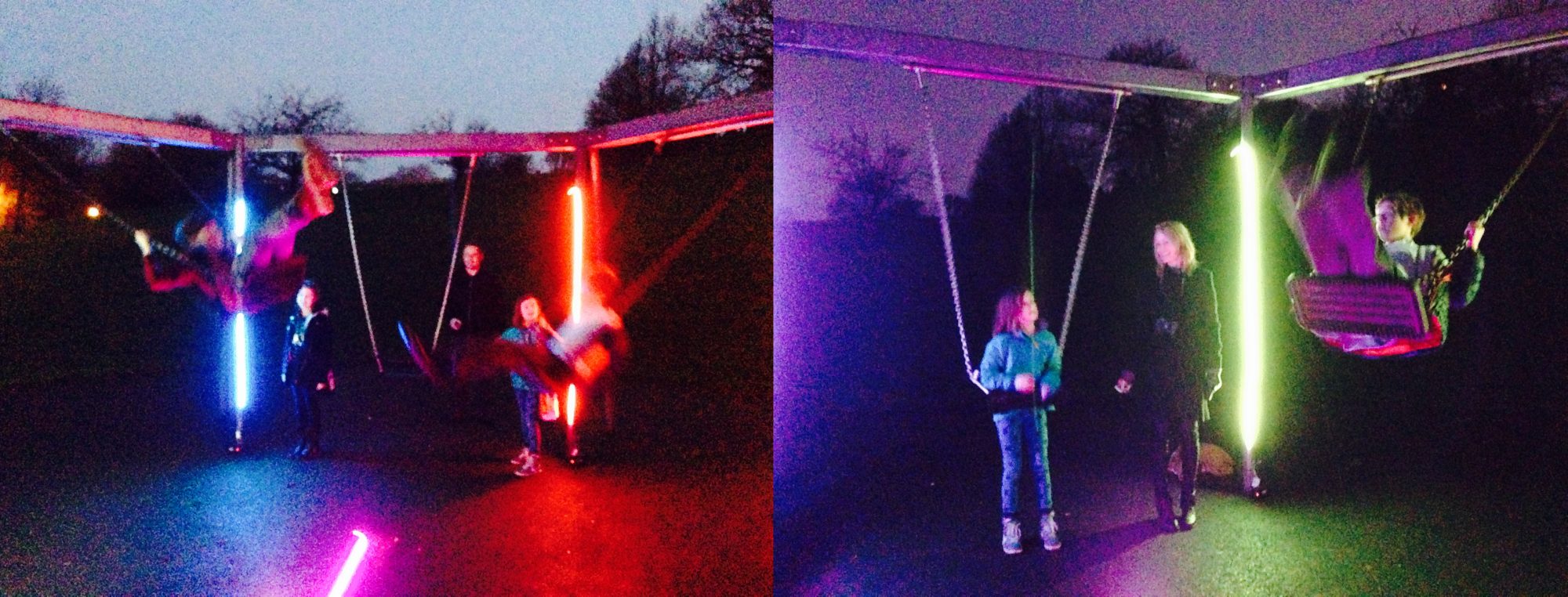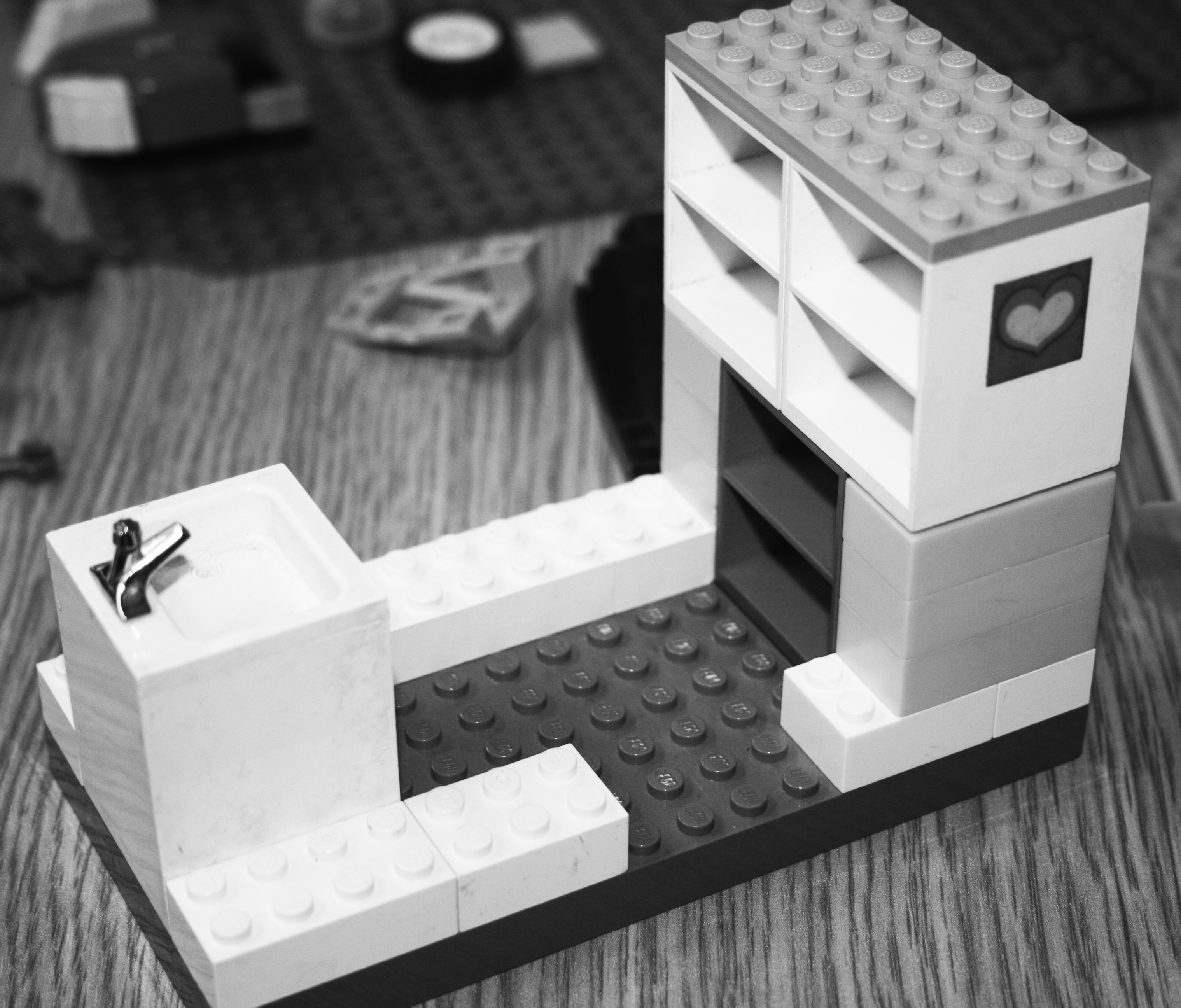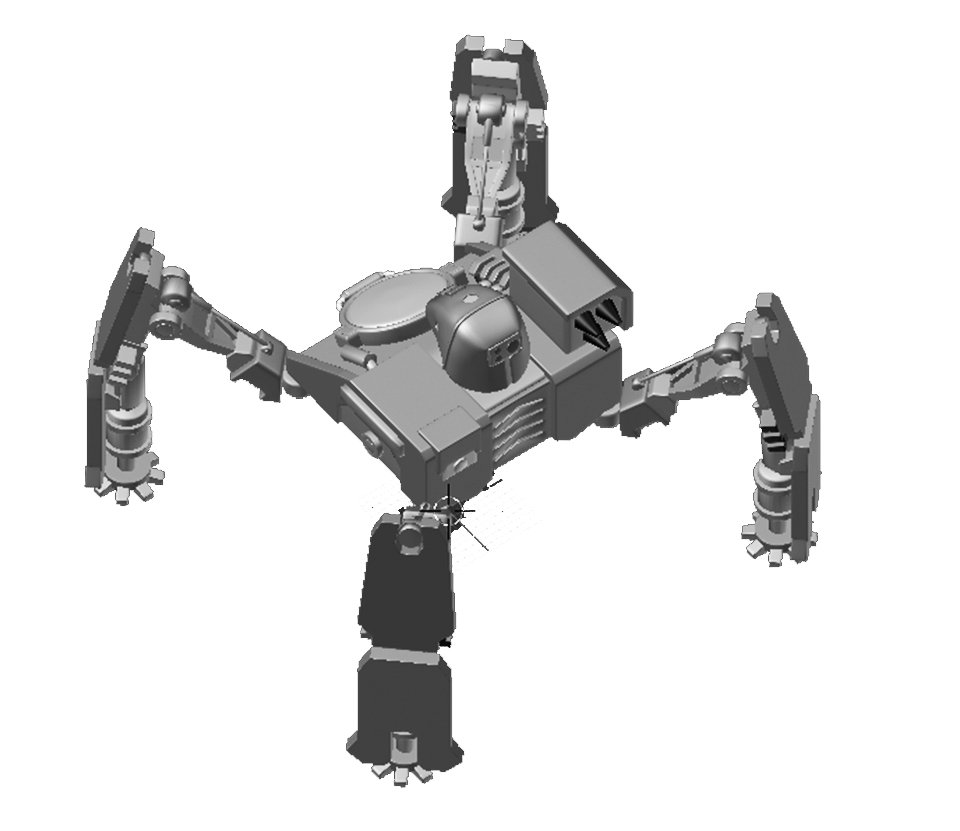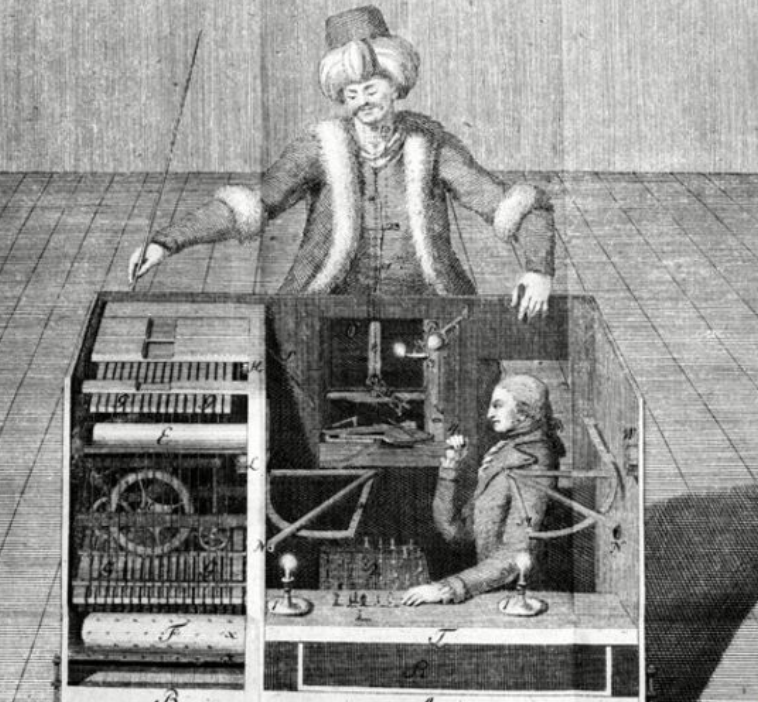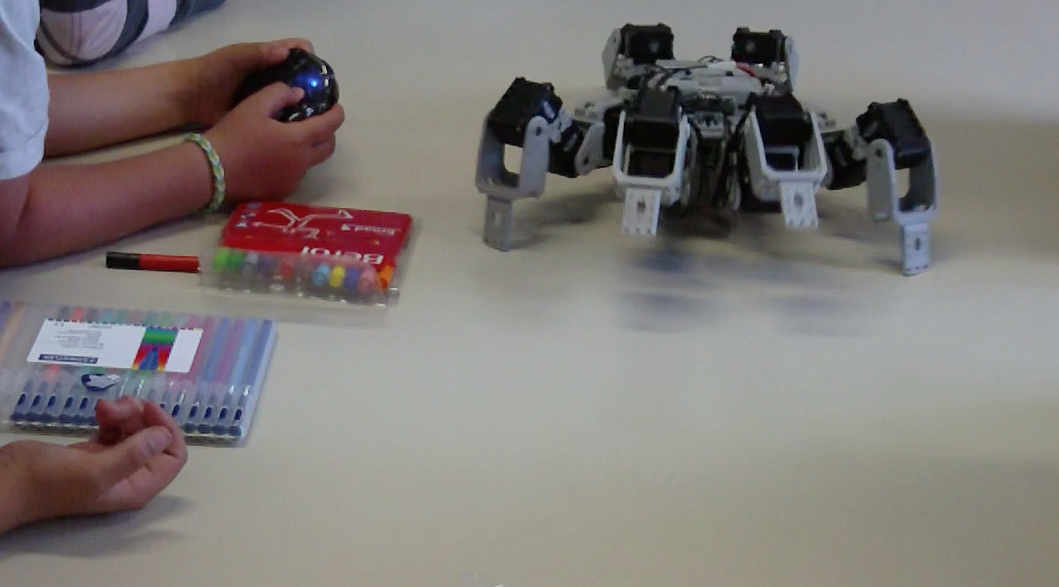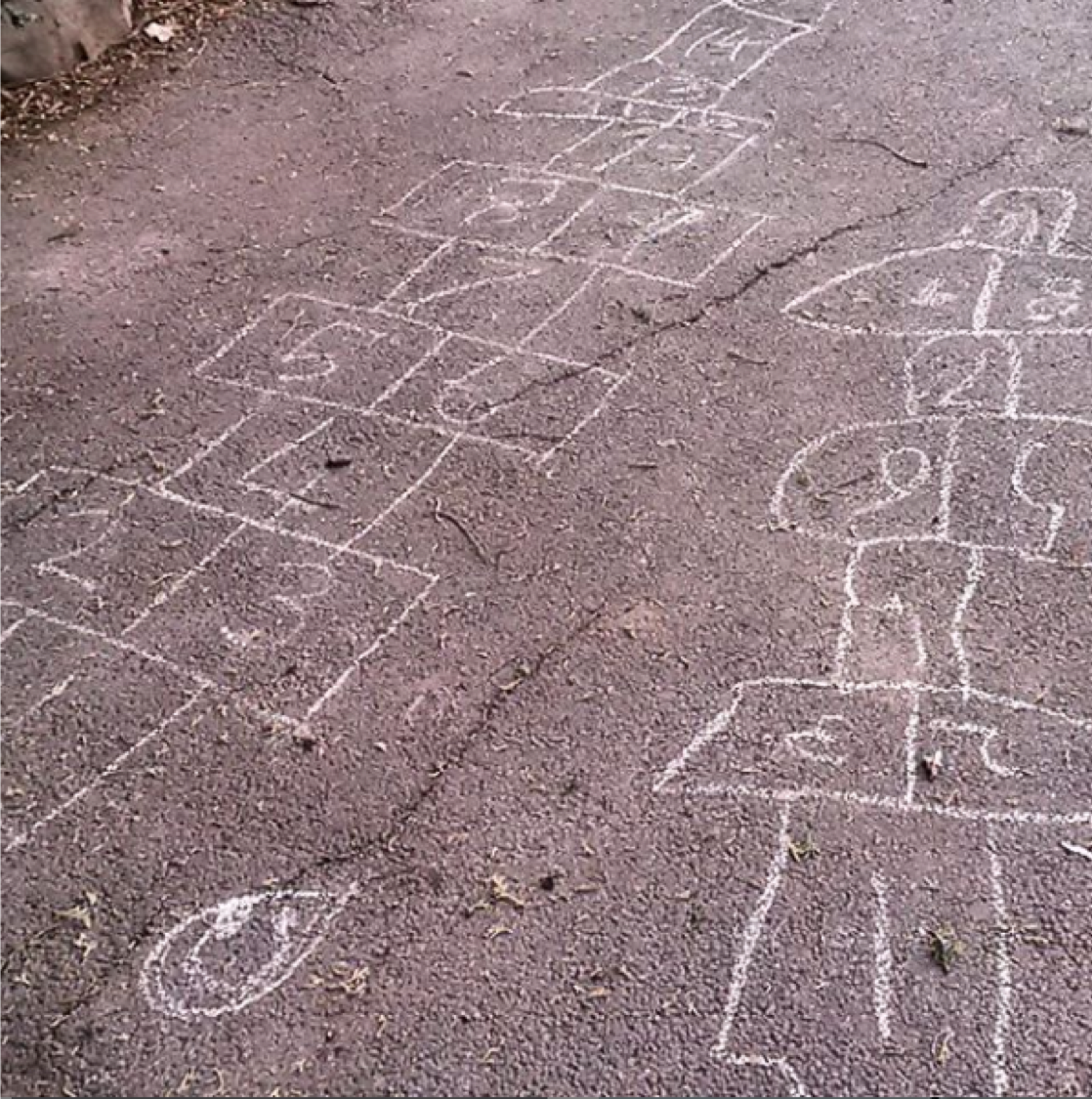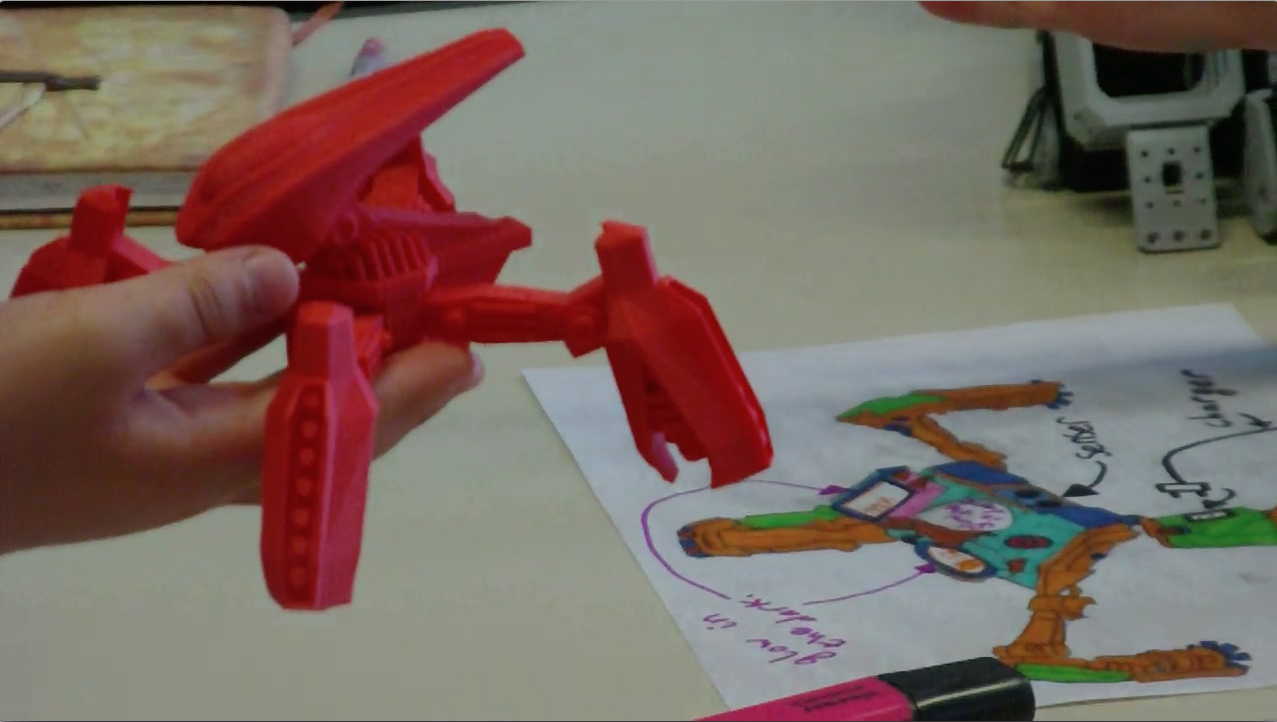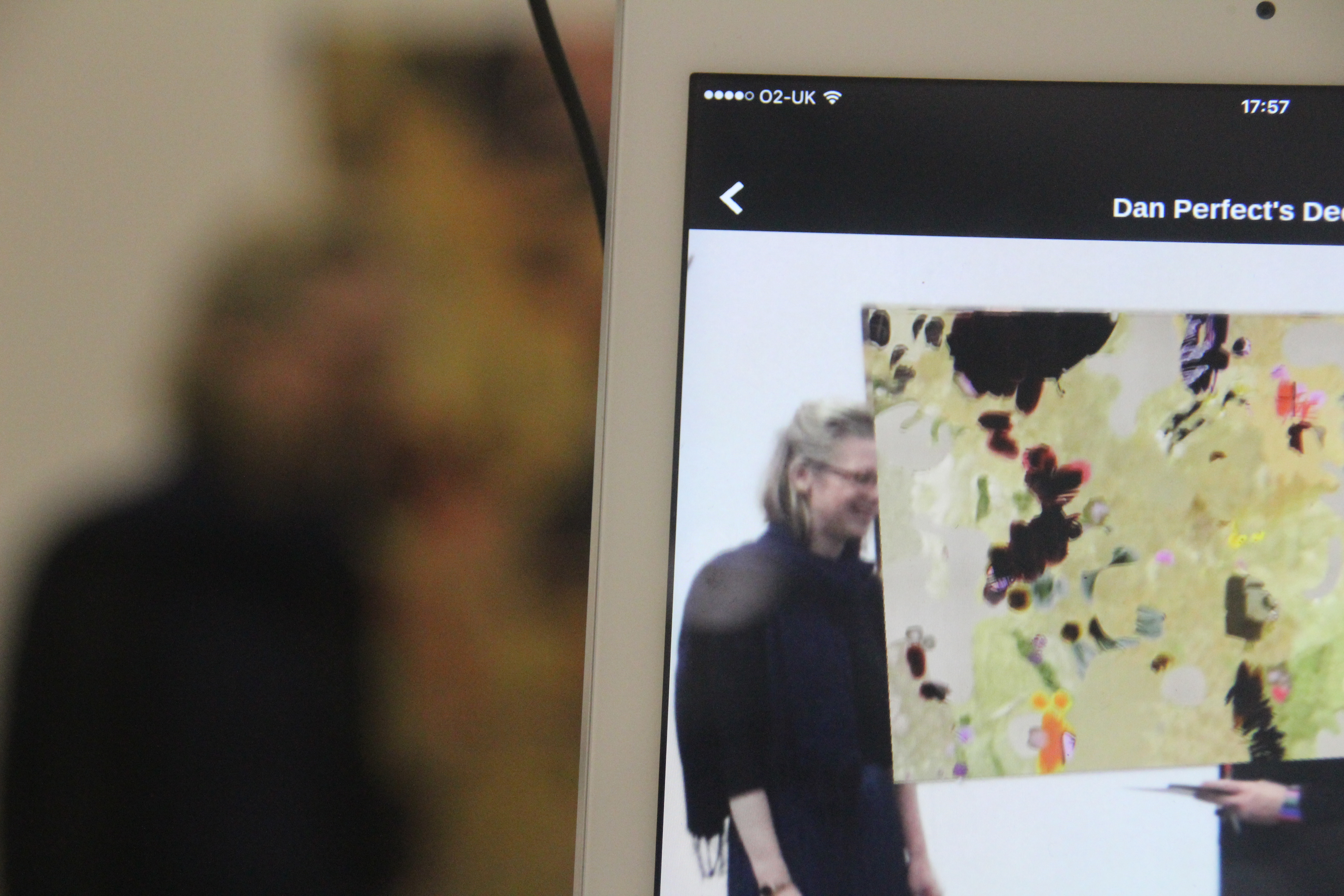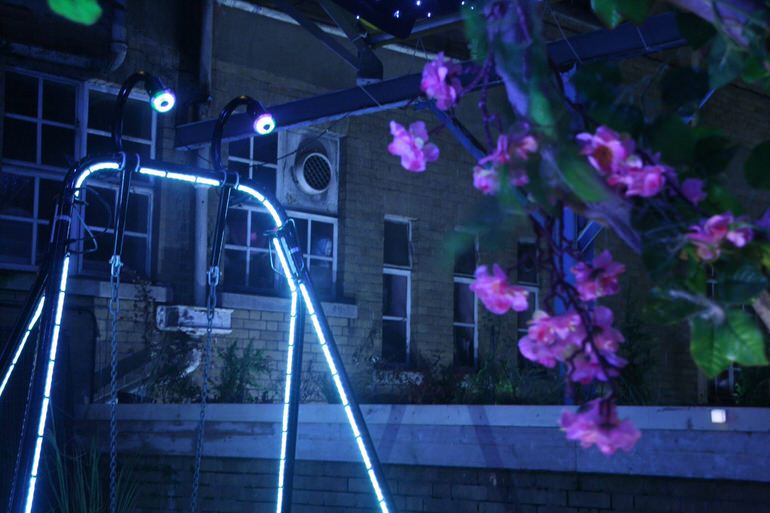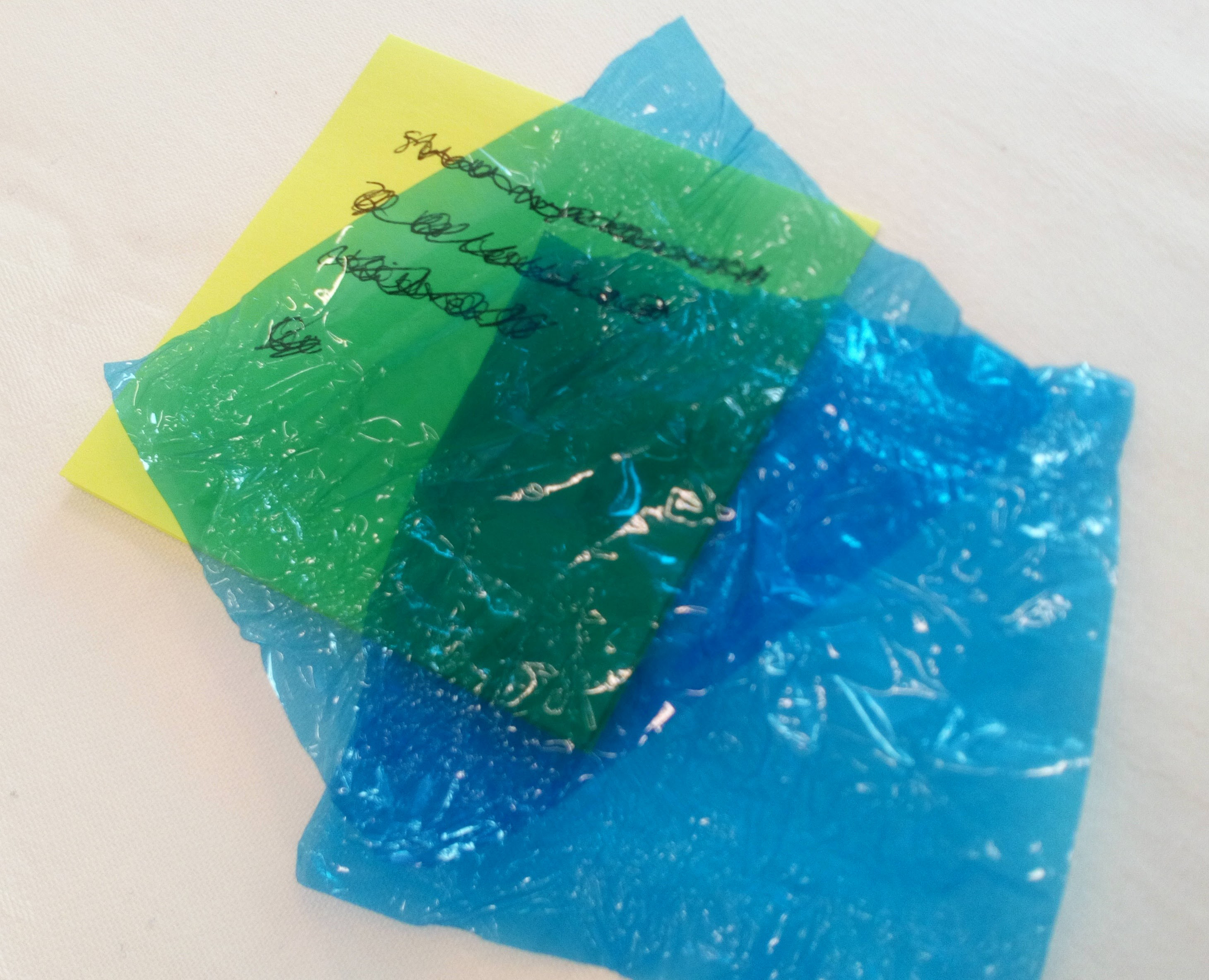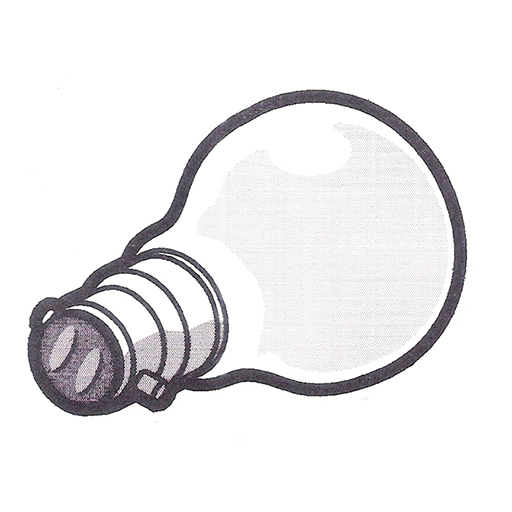[For all the changes to children’s playground equipment from the Edwardian era to today], the proprioceptic and vertiginous pleasures of swinging and sliding persist,…
Category: design for postdigital play
an imaginary system
Whilst the cultural, representational, ideological and economic assumptions that feed and are fed by imaginaries can be uncovered and subject to critique, imaginaries are…
AI and the future of play
Placeholder for a position statement on my current research and teaching on the genealogy and emergent dimensions of artificial intelligence in play and technoculture.
AI and games
Workshop with level 3 Games Design & Art students, October 2019 references: Giddings, Seth 2014 ‘Soft worlds and AI’ (extract from chapter 3 of)…
toying with the singularity
My chapter on the design of playful AI and robotics – and the relationships between the material, the technical and the imaginary – is…
the city is already a playground
The city is already a playground. Creative projects to turn urban spaces into playful installations or events are often predicated on the implicit assumption…
toying with the singularity
I’ve added a draft of ‘Toying with the singularity’ to the Publications page – a chapter for The Internet of Toys: practices, affordances and the political…
smARtmurals
A project I have been involved in – smARtmurals for Southampton City Art Gallery – opened on Thursday 22nd February in the Spark Building at Southampton…
talking about the playful future
A talk at the University of York’s Theatre, Film & TV Department‘s research seminar series on October 11th. Taking the Lightbug project to design interactive playground equipment…
digital ideas workshop…
… at Southampton City Gallery. More news on the resulting projects to follow.
transforming creativity
With Dan Ashton I have recently set up the Transforming Creativity Research Group at WSA. We are waiting for the official website to be…
future of toys… network ideas
The central theme of the proposed activity is the future of toys in a digital media culture. Taking recent developments in ‘hybrid’ toy and…
